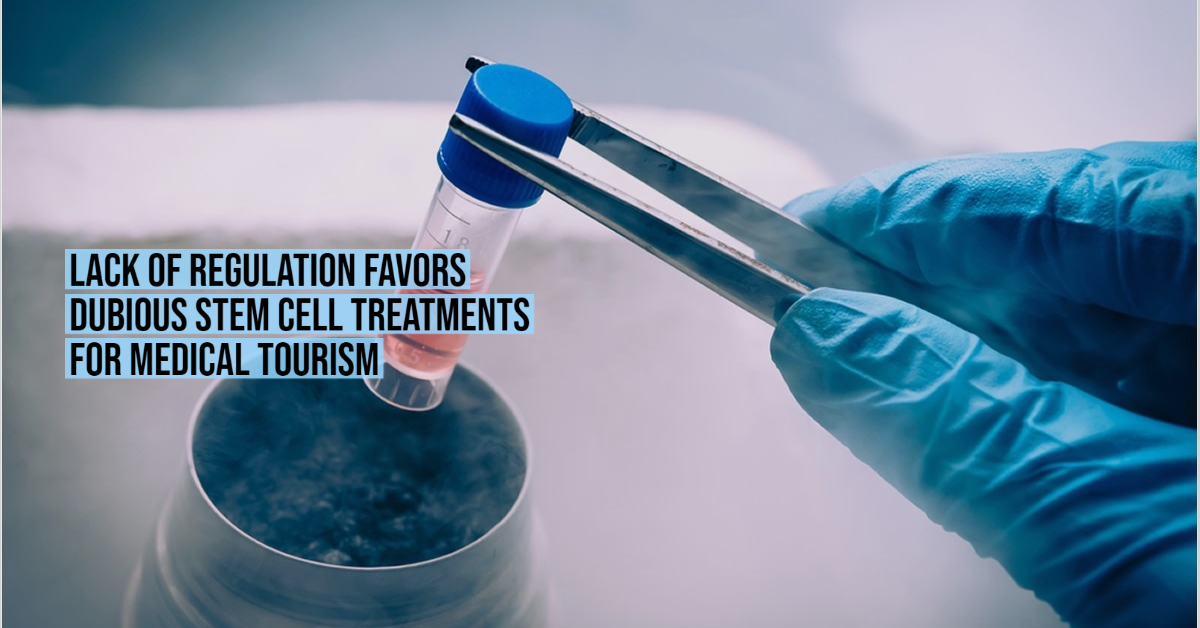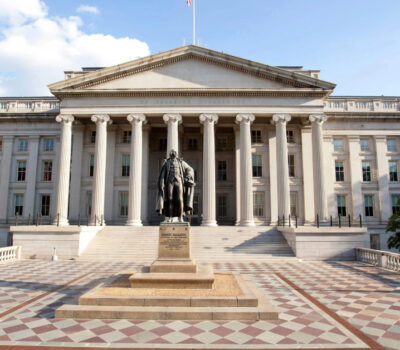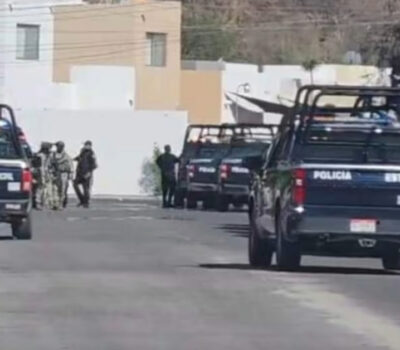The operation of private clinics that perform regenerative treatments with stem cells for incurable diseases is expanding throughout the world, taking advantage of legal loopholes and the lack of regulation in the novel therapy, which is harming patients and putting the future of legitimate stem cell studies at risk.
Stem cells are the raw material of the body, from which all other cells such as blood, brain, or bone are generated. They are the only ones that have the natural ability to generate new cell types, so under suitable laboratory conditions, they can be cultured to replace damaged or injured tissues.
Although scientific research is still in its infancy, it is presumed that stem cells can help patients suffering from diseases such as cancer, liver disorders, certain neurological and immune system diseases.
A review of the scientific literature on this matter, published in the International Health Journal, found that until 2020, 21 countries on the 5 continents offered and marketed therapies through more than 400 sites that advertise different types of treatments, known as “stem cell tourism”.
Clinics generally lack basic information about treatment and associated risks, exposing patients to unproven therapies in addition to the risk of travel-related illnesses, the study warns.
The main leading countries for stem cell tourism are the United States, China, India, Thailand, and Mexico.
María de Jesús Medina Arellano, a researcher at the Institute of Legal Research of the National Autonomous University of Mexico, who did not participate in the review, said that these countries constitute the hub for alternatives in stem cell treatments, in surrogacy, and in experiments [ unapproved] treatments, which has to do “with lax regulation and a lack of supervision of the treatments and interventions offered by private medicine.”
Medina Arellano, who has investigated the operation of stem cell tourism in Mexico, said that the operation of these clinics jeopardizes the good science that is being developed in the country.
According to her, medical tourism in Mexico is promoted by government institutions and is part of its economy. She believes that the reform of the Health Law in December 2014 “encourages the sale of cell therapies or treatments.”
Sven Eversberg, a German citizen who in October 2020 arrived in the city of Puerto Vallarta on the Pacific coast, to undergo surgery for a spinal cord injury.
After three treatments, with two weeks off and the application of 550 million stem cells, Eversberg notes that he did not get any results. “I even have adverse effects like urinary infection, back pain, and acne,” he says
The estimated investment for his treatment was $ 28,000 USD, not counting travel costs. Until today, he has not received any response from the clinic that allows him to understand what went wrong in his treatment.
“With a four-year-old and with my disability I have enough stress, so I quit,” he emphasized.
Several authors cited in the review warn that protecting patients from costly, unproven, ineffective, and potentially harmful therapies require legal, ethical, and public health oversight, and note that many stem cell clinics “often operate through regulatory loopholes in violation of existing regulatory standards”.
They also advocate the urgent creation of “a universal agreement between national and international organizations” that regulates the commercialization of medical practices and products related to these treatments.
While the International Society for Stem Cell Research (ISSCR) has developed guidelines that seek to promote rigor, oversight, and transparency in all areas of practice, legal disagreements between countries and the fact that many clinics are in low- and middle-income countries where it is easy to circumvent the law, difficult to enforce it.
In its most recent guideline update, it warns that unregulated and unproven practices “undermine the credibility and validity of legitimate stem cell research and threaten to compromise the future development of the field.”
“Reflecting on what researchers say about our findings, on how the media published these findings and what feeling is generated in society, it seems to me that it is something important that we have to do,” says Gustavo Sevlever.
For Gustavo Sevlever, director of the Department of Teaching and Research at the FLENI Neurological Institute in Argentina, stem cell medical tourism is very dangerous because its target is desperate patients for whom conventional medicine no longer has answers.
“It puts patients in front of very human and profound decisions, and very difficult to follow up because the medical system does not give them any solution, this must also be understood. The patient is not a criminal, the patient is a victim of this,” he said.
For him, there is a shared responsibility between those who develop research and technology in stem cells, and the media that publish the information for public consumption. Miscommunication of science provides an ideal scenario for some people to profit from stem cell treatments.
“Reflecting on what researchers say about our findings, on how the media publishes these findings and what feeling is generated in society, it seems to me that it is something important that we have to do,” he concludes.
The operation of private clinics that perform regenerative treatments with stem cells for incurable diseases is expanding throughout the world, taking advantage of legal . . .











